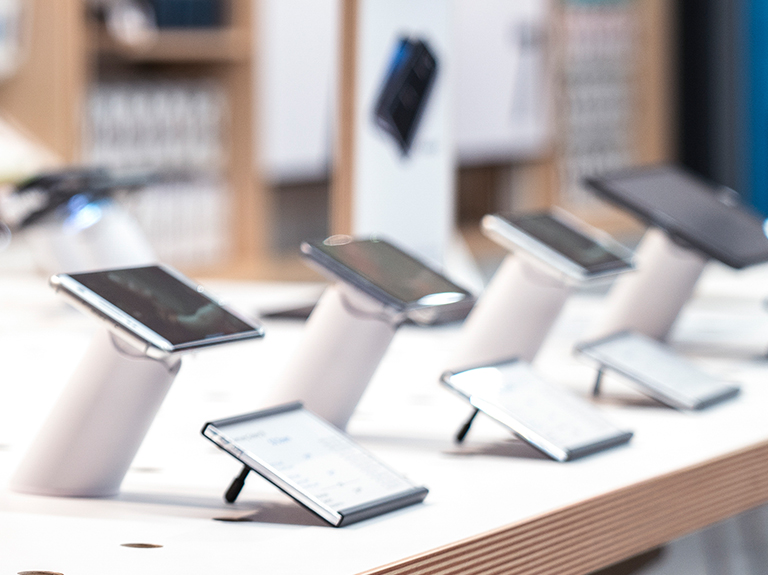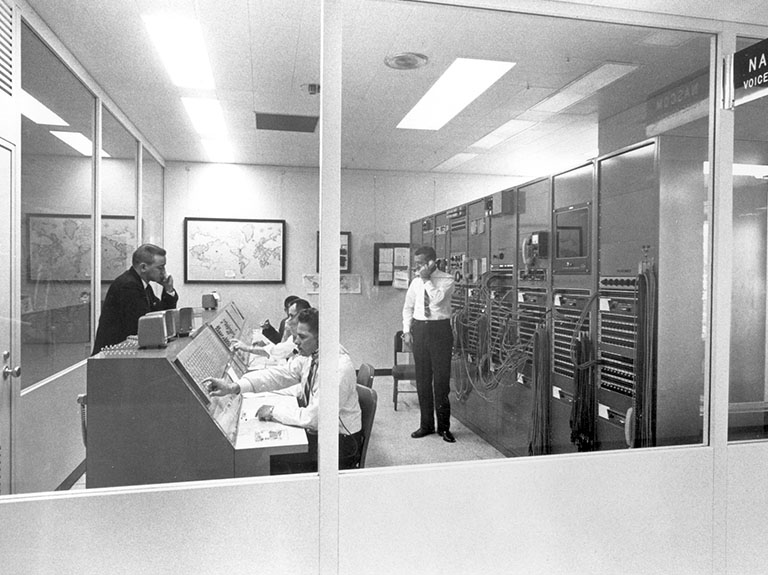In his current home of San Francisco, Ahmet Ustunel often feels a lack of control. Navigating the urban sprawl of steep hills, bustling walkways and crowded intersections is anything but ideal when you’re completely blind.
But out on the water, Ahmet feels limitless.
Ahmet’s story moved me during an IoT event in Atlanta earlier this year. A Turkish native who grew up swimming, boating and fishing, his connection to water has been life-long. It’s what inspired him to become the first blind man to successfully kayak across the Bosporus Strait, a narrow, high-traffic stretch of water connecting Europe and Asia.
But he couldn’t go it alone. Despite receiving funding to make the 2.5-mile journey, he lacked the technology needed to ensure a safe voyage through the busy waterway.
Some 2,500 miles away, Marty Stone was already crafting a solution.
Marty is an Atlanta-based AT&T senior technical project manager. He’s also a volunteer member of HACEMOS, a STEM- and IoT-focused employee resource group. Since 2012, he’s been developing and testing a technology specifically aimed at helping blind people race kayaks in a straight line.
The IoT-powered technology, aptly nicknamed “Mr. Beep,” uses a series of audio buzzers that fit on rowers’ shoulders and beep to notify them to paddle left, right or straight. Marty has used the technology to assist Atlanta-based blind kayakers, as well as a blind rowing club in Orlando, complete races.
Ahmet connected with Marty after reading about Mr. Beep in a local newspaper. Marty jumped on the opportunity to help and quickly began working with Ahmet to build a more robust solution featuring a navigational system. But he knew it would take even more to get Ahmet over the finish line successfully.
So, when I met with Marty and the HACEMOS team at an IoT event in March, I introduced them to the AT&T Foundry, a network of innovation centers focused on co-creating transformative solutions for customers. The Foundry has tapped into our IoT network to quickly prototype connected devices for people with disabilities before. They helped Aira build network connectivity into smart glasses for blind and low vision individuals. And, most recently, they collaborated with Hanger, Inc. to create a prototype for the first network-connected device for prosthetic limbs.
Our Foundry team in Houston worked hand-in-hand with Marty’s team in HACEMOS to build upon the work they’d started using open source hardware, software and off-the-shelf parts. The Foundry helped develop the navigational code to guide Ahmet. They evolved the Mr. Beep technology Marty created and added voice capabilities. The system uses a small keyboard with braille stickers. This helped him start the system navigation, obtain information on heading and speed, and save trip data.
And to keep Ahmet’s friends and family informed of his progress, the Foundry also built a cloud-based navigational dashboard utilizing our DataFlow IoT platform to chart Ahmet’s journey in near-real time.
Our cross-company collaboration paid off. On the morning of July 21, Ahmet completed his childhood dream – and in just under 20 minutes. His safe and successful journey is an encouraging reminder of how our people continue to harness the power of IoT for Good and a spirit of innovation to change people’s lives.



